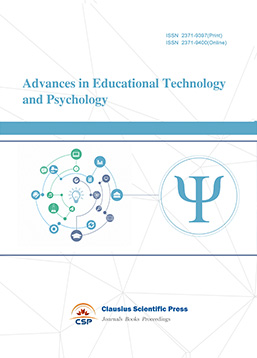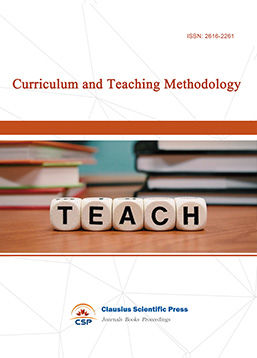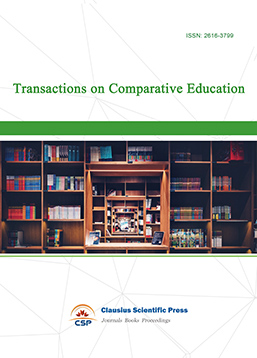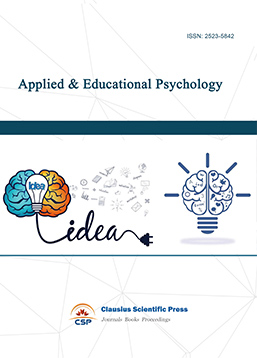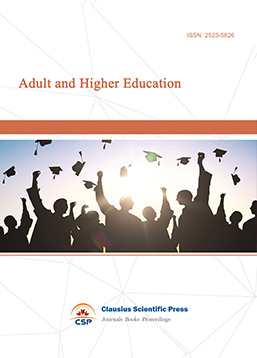Enhancing Teaching of Fundamentals of Robotic Technology with Assistance of Maple Platform
DOI: 10.23977/avte.2025.070128 | Downloads: 10 | Views: 556
Author(s)
Xiakun Lin 1, Lingyang Tang 1, Amwayi Francis Ennocent 1
Affiliation(s)
1 School of Mechanical Engineering, University of Shanghai for Science and Technology, Shanghai, China
Corresponding Author
Xiakun LinABSTRACT
This study investigates the integration of Maple software as a powerful tool to improve methods of instruction in robotics education. It discusses frequent issues encountered in teaching robotics, like the complexity of mathematical equations, difficulties in visualizing, time-consuming manual computations, programming complexities, challenges in analyzing control systems, and the necessity for good simulation and testing. By leveraging Maple's symbolic algebra abilities, visualization tools, automation characteristics, programming efficiency, and simulation abilities, teachers may address these difficulties properly. Maple enables the simplification and solution of challenging equations, the visualization of complex ideas, the automation of manual calculations, the development of algorithms, the analysis of control systems, and the simulation of robotic systems. Through the integration of Maple into robotics education, students acquire a greater awareness of theoretical principles, practical abilities in robotics, and the ability to develop and solve real-world issues related to robotics.
KEYWORDS
Robotics educations, Computational modelling, Maple applications, Teaching methodologyCITE THIS PAPER
Xiakun Lin, Lingyang Tang, Amwayi Francis Ennocent, Enhancing Teaching of Fundamentals of Robotic Technology with Assistance of Maple Platform. Advances in Vocational and Technical Education (2025) Vol. 7: 223-229. DOI: http://dx.doi.org/10.23977/avte.2025.070128.
REFERENCES
[1] Zhong, B. and L. Xia, A Systematic Review on Exploring the Potential of Educational Robotics in Mathematics Education. International Journal of Science and Mathematics Education, 2020. 18(1): p. 79-101.
[2] Liu, Y.-W. and Z.-Q. Li, Kinematics Analysis of Scissor Robot, in International Conference on Control Engineering and Mechanical Design (CEMD 2017), C. Li, Editor. 2018, ASME Press. p. 10.
[3] Murray, R.M., S. Sastry, and Z. Li. A Mathematical Introduction to Robotic Manipulation. 1994.
[4] Spong, M.W., S.A. Hutchinson, and M. Vidyasagar. Robot Modeling and Control. 2005.
[5] LaValle, S.M., Planning Algorithms. 2006, Cambridge: Cambridge University Press.
[6] Craig, J.J., Introduction to Robotics: Mechanics and Control. 1989: Addison-Wesley Longman Publishing Co., Inc.
[7] Olenev, A.A., et al., Using the Maple computer algebra system to study mathematical induction. Journal of Physics: Conference Series, 2020. 1691(1): p. 012102.
[8] Hrdina, J., A. Návrat, and L. Zalabová, Symmetries in geometric control theory using Maple. Mathematics and Computers in Simulation, 2021. 190: p. 474-493.
[9] Chablat, D., et al. Using Maple to Analyse Parallel Robots. in Maple in Mathematics Education and Research. 2020. Cham: Springer International Publishing.
[10] Desai, R. Robot Design for Everyone: Computational Tools that Democratize the Design of Robots. 2018.
| Downloads: | 15443 |
|---|---|
| Visits: | 843448 |

 Download as PDF
Download as PDF